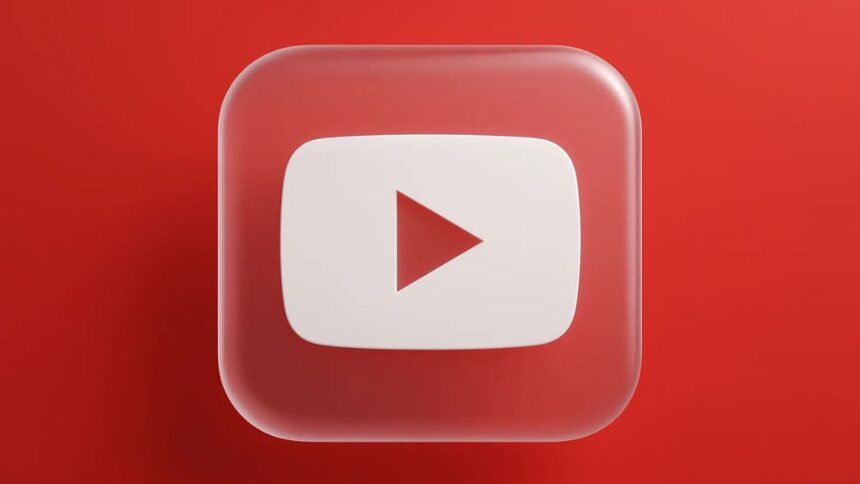YouTube to Use New AI-Powered System to Better Find Users Under 18 in the U.S., Even If They Entered a Fake Birthdate When Signing Up This is to provide a secure and more age-based experience for teens on the platform.
Beginning August 13, this scaling rollout will determine a user’s “real” age by taking note of a variety of signals from account activity and viewing patterns to how long a user has been on the platform.
This is available for signed-in users and is applicable across YouTube desktop site, mobile app and the smart TV platforms where YouTube is available.
Stronger Protections for Teens
Here are safety measures that YouTube will automatically implement when a user is recognized as a teenager.
- Turning off personalized ads
- Blocking access to age-restricted content
- Curtailed rewatching of videos on sensitive topics (like body image or violence)
- Setting Up Screen Time and Bedtime Reminders
- Limiting uploads and comments from minors
Similar protections are already in place for users who have verified their age, but the new system helps catch those that might have simply given a false birthday when they signed up.
Fixing Age Detection Mistakes
For anyone who is misidentified as being under 18, they’ll be able to confirm that they are of age by uploading a government ID, credit card, or selfie. According to YouTube, any of these contents will be deleted once the review will be completed, and the process is safe to use.
What YouTube Will Gain From This
This update forms part of a wider YouTube initiative to protect minors in light of backlash and lawsuits it has faced over children being targeted for marketing and advertising on its platform, and also for breaching privacy laws covering youngsters.
The U.S. government slapped YouTube with a $170 million fine in 2019 for violating child privacy laws.
YouTube has released a number of tools since then, including the YouTube Kids app (2015 must be nice) and supervised accounts (2024).
The new AI-based age-estimation tool was first showcased in YouTube’s roadmap for 2025, and is being launched amid increasing regulatory pressure from U.S. states and global organizations.
Legislators in a number of U.S. states including Florida, Texas, Utah, and Maryland have either enacted laws or drafted them, aimed at forcing social media platforms to authenticate users’ ages, or get confirmation from their parents if they’re minors.
Meanwhile the U.K. has also begun applying new age-verification checks via its (new-ish) Online Safety Act.
Effect on Creators and Worries on Horizon
Ad revenues may witness a change for content creators, as teen viewers flagged by the tool won’t see personalized ads displayed to them. It could impact the views as well as the revenue of videos targeted towards children.
Privacy advocates too have now flagged possible errors in the AI system. For example, sometimes family-friendly or nostalgic content gets incorrectly tagged.
YouTube says it is working to make the system more accurate, and it promises that ways will exist for users to fix mistakes.
While YouTube has not provided specifics about how the AI estimates age, it noted that the technology takes into account factors including account activity and history.
YouTube says the end goal with this rollout is to avoid either extreme, providing teens access to a range of content but also empowering parents to set restrictions, as safety standards continue to evolve globally.








